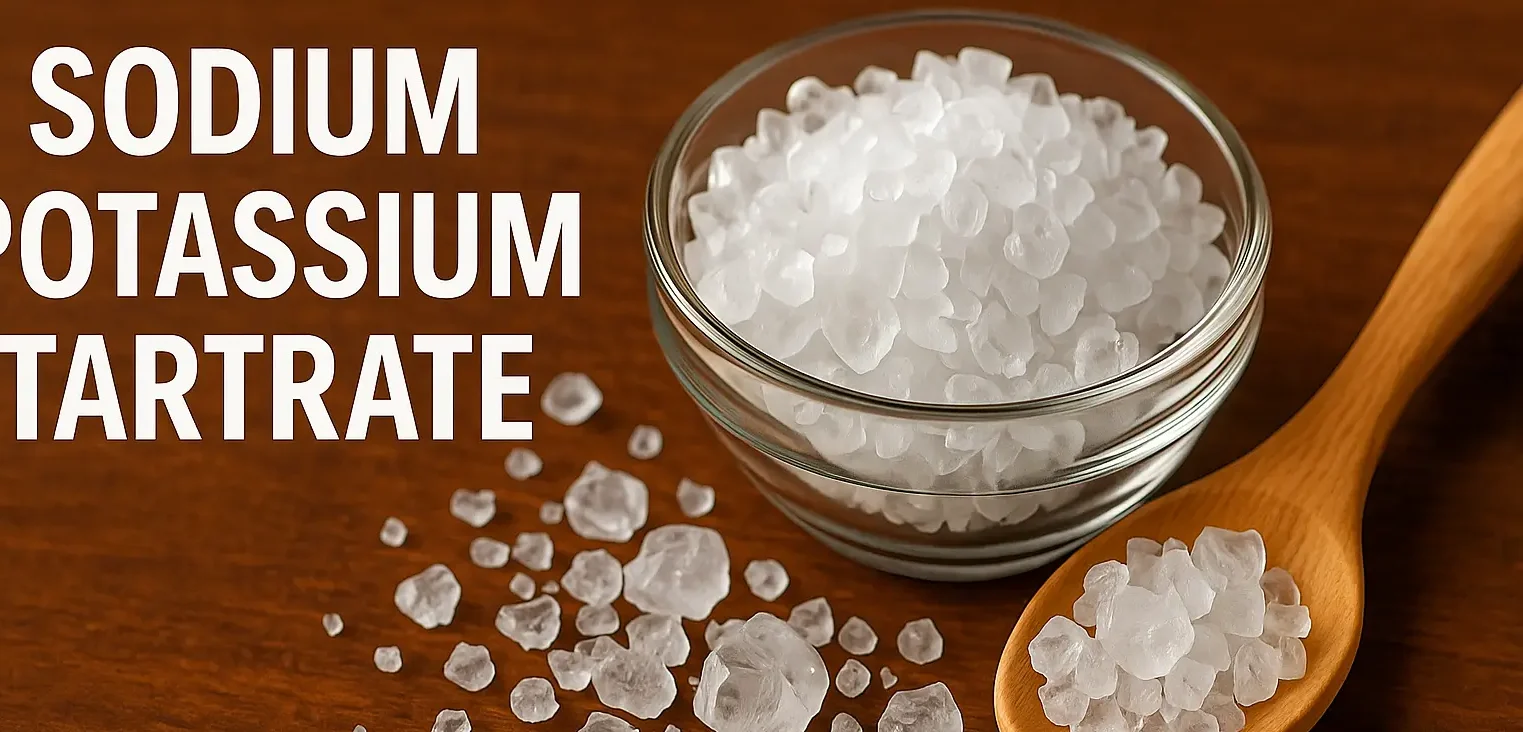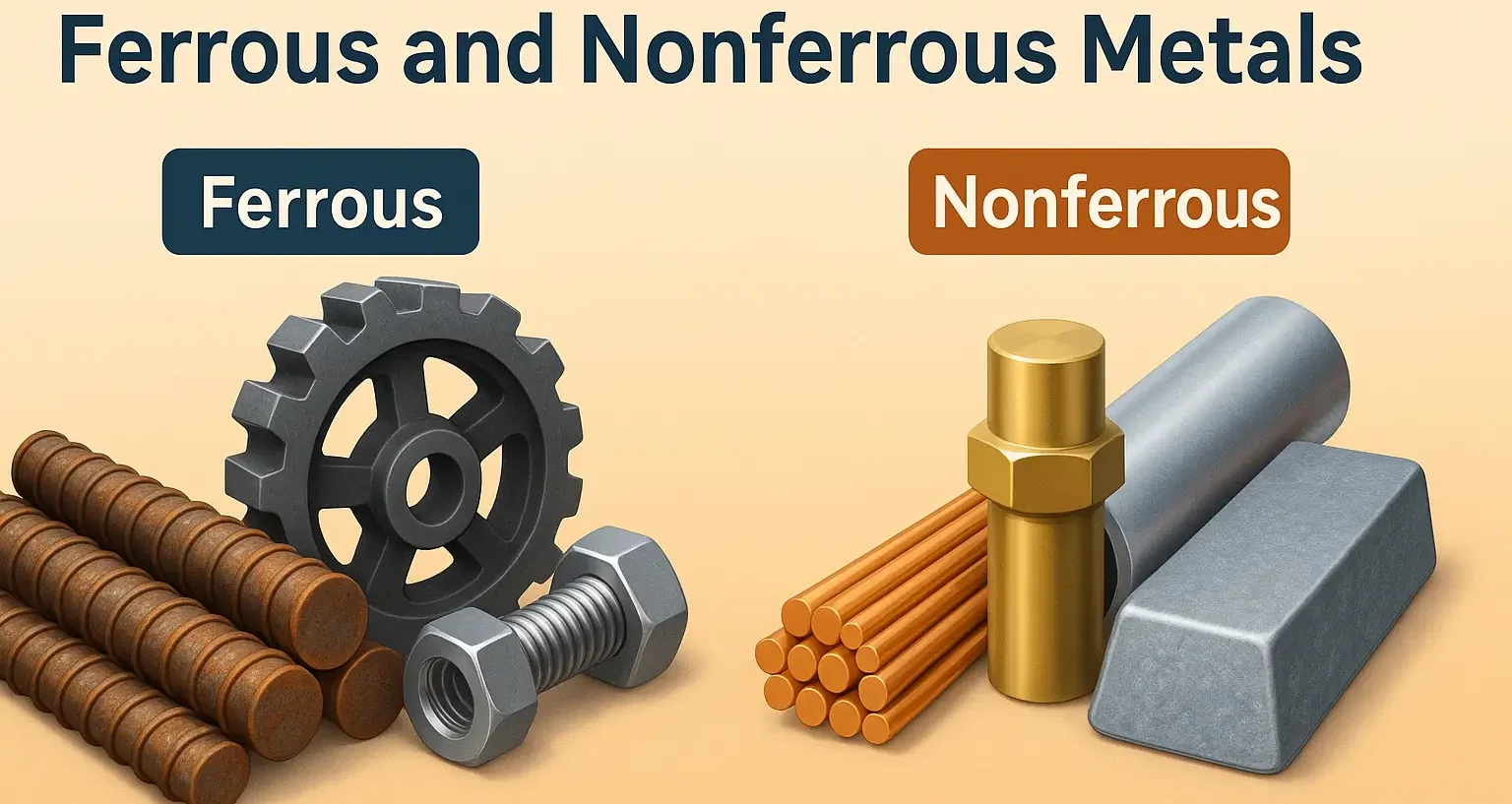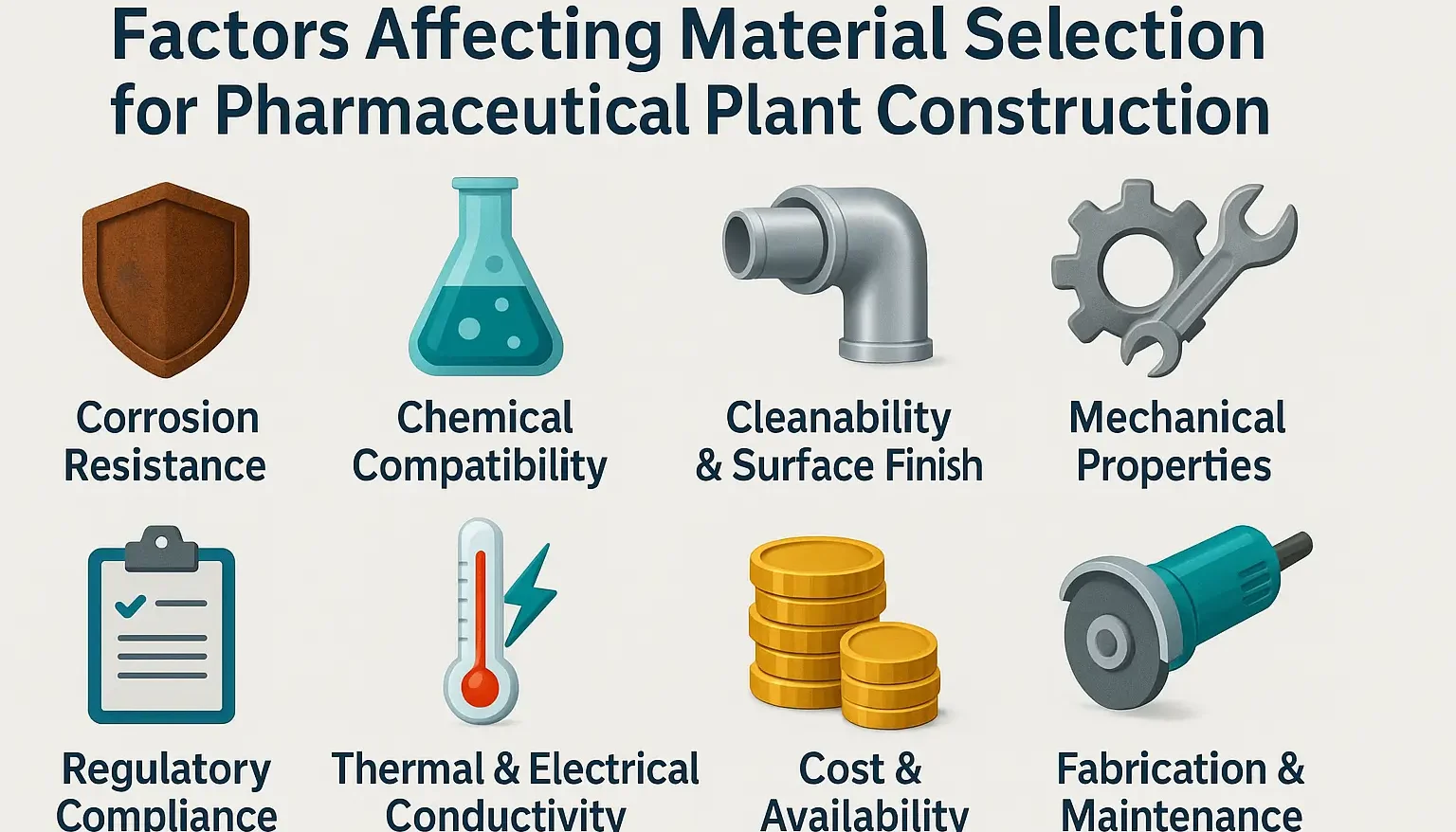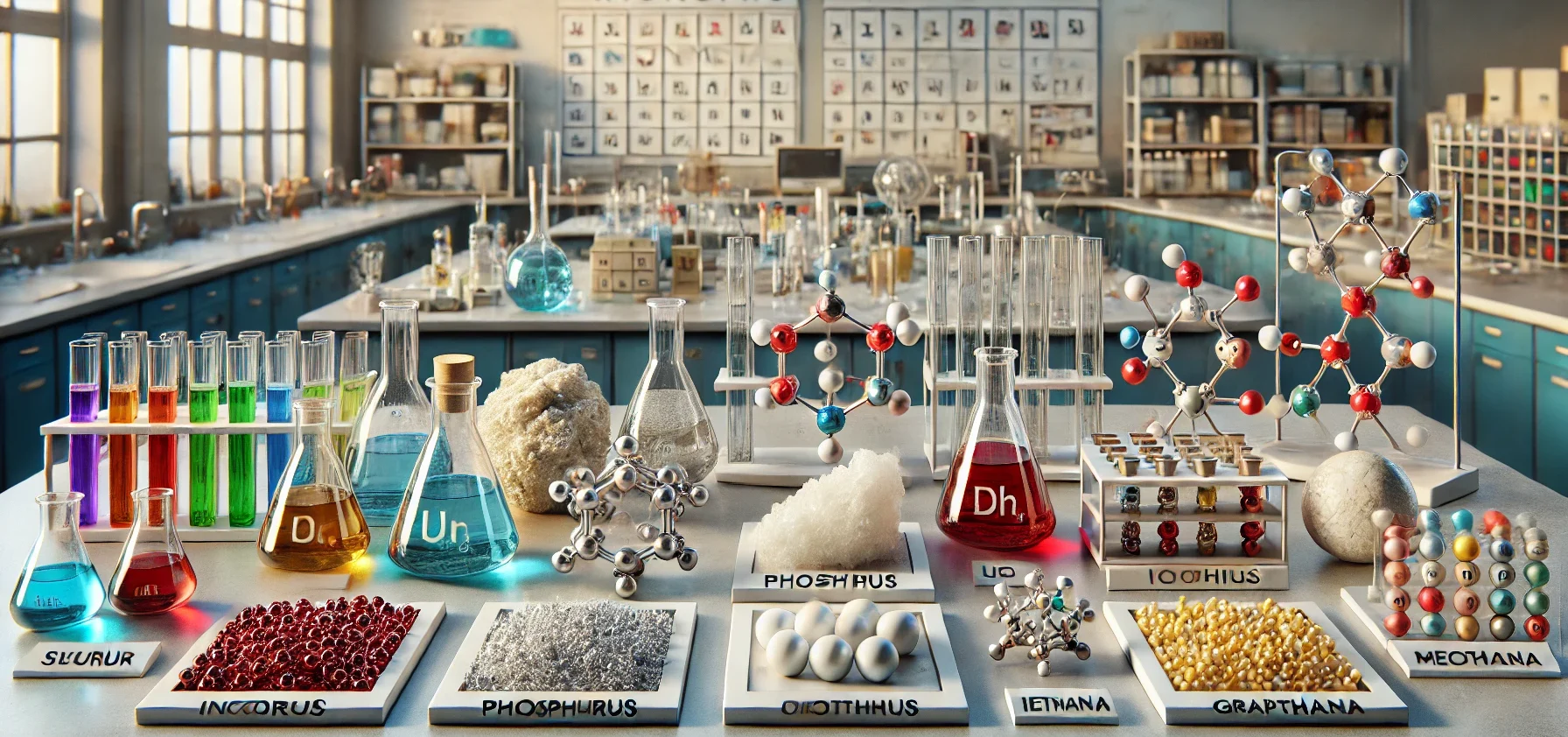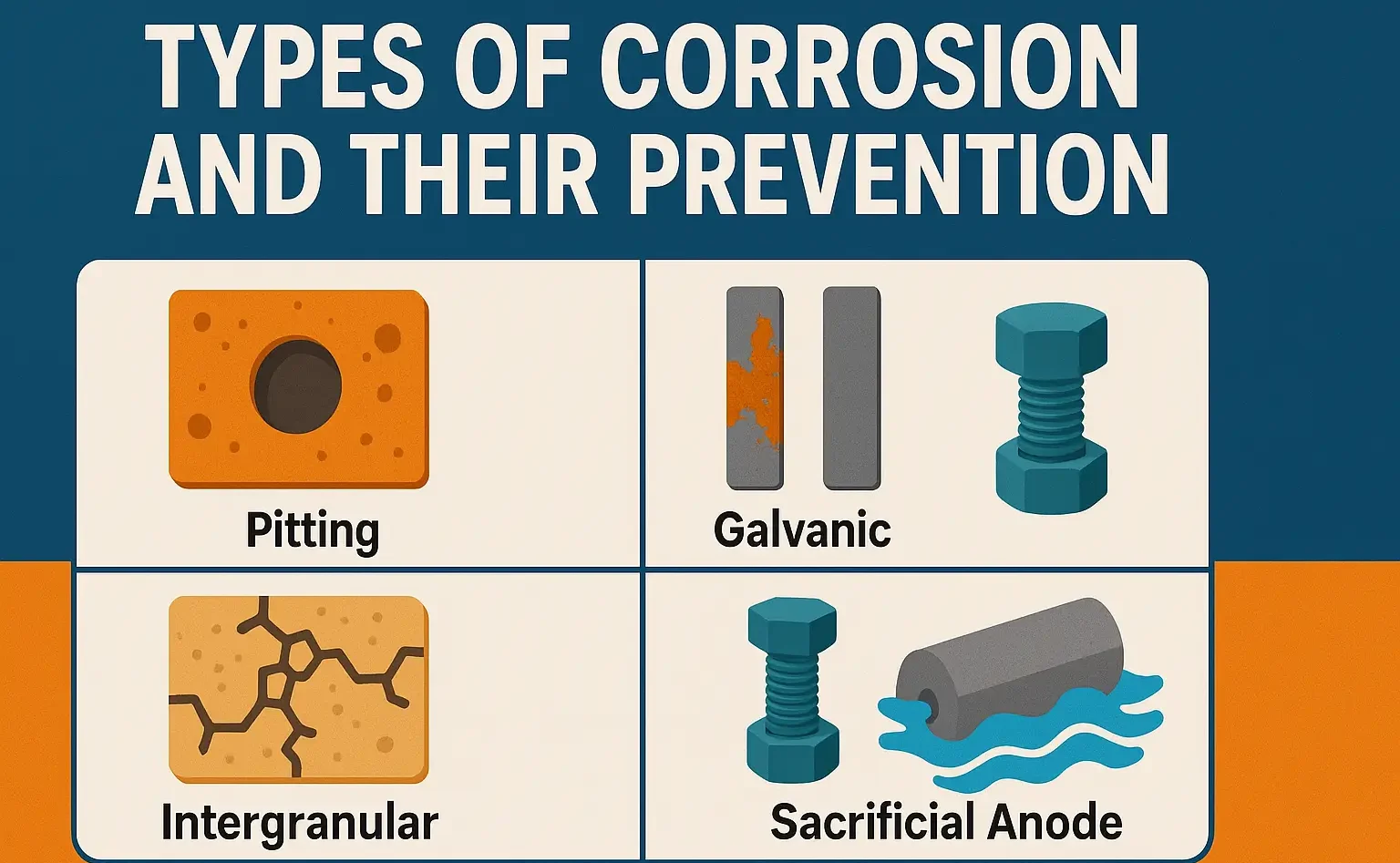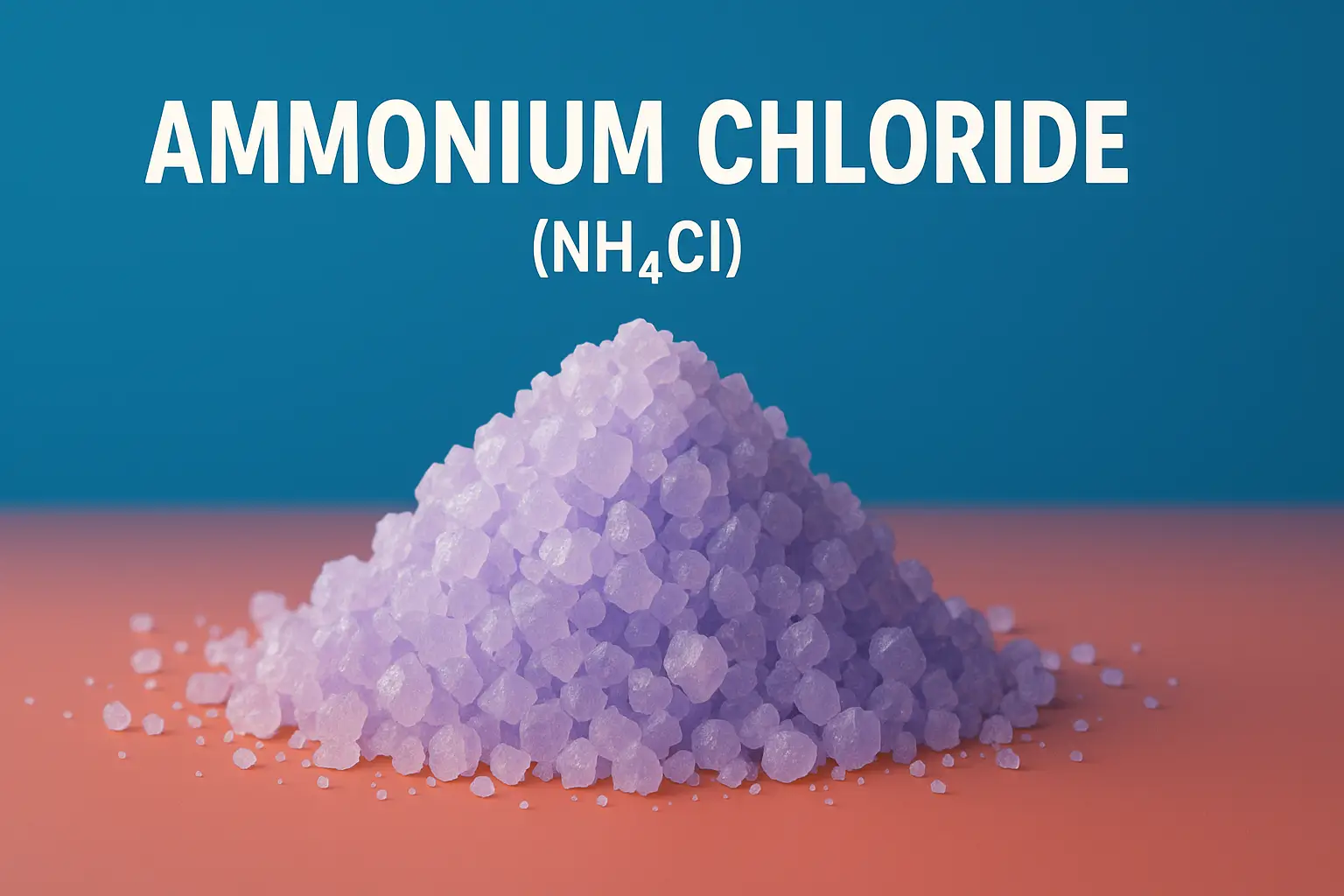Sodium Potassium Tartrate (Rochelle Salt, NaKC₄H₄O₆·4H₂O)
Preparation of Sodium Potassium Tartrate Prepared by neutralizing a mixture of tartaric acid with equimolar amounts of sodium hydroxide and potassium hydroxide: C4H6O6 + NaOH + KOH → NaKC4H4O6 + 2H2O Properties of Sodium Potassium Tartrate Physical Appearance: Colorless crystalline solid. Solubility: Soluble in water, with a mildly sweet, tart taste. Nature: Non-toxic, biodegradable compound. … Read more

